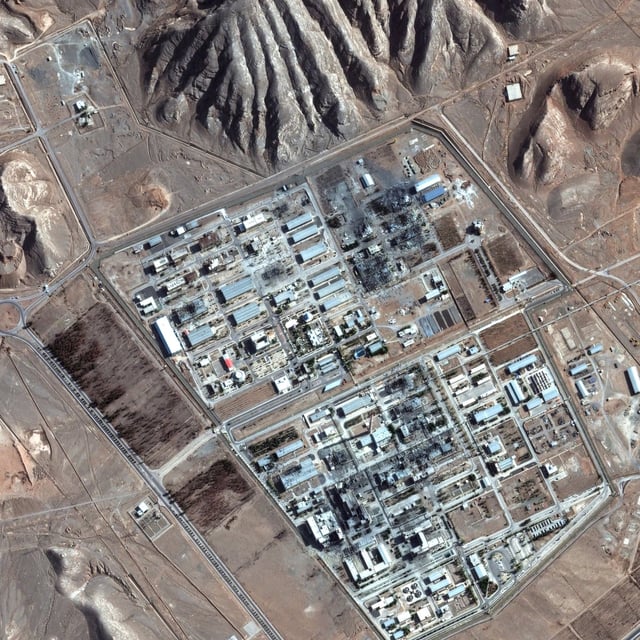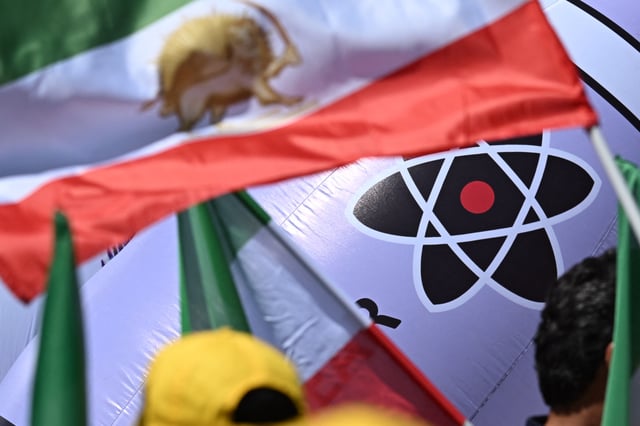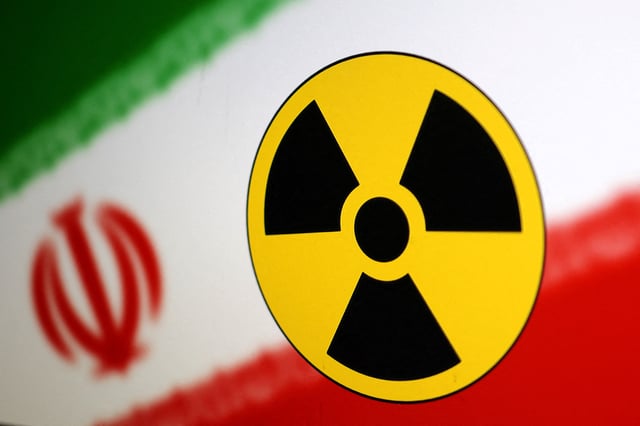Overview
- E3 ministers told U.S. Secretary of State Marco Rubio they will notify the U.N. Security Council on Thursday to initiate the sanctions restoration process.
- Deputy‑level talks in Geneva failed to yield tangible Iranian commitments, though Europeans say they could defer action if inspections fully resume, the stockpile is accounted for, and diplomacy with the U.S. proceeds.
- IAEA inspectors have returned to Iran with limited, preparatory access focused on Bushehr fuel operations, and Director General Rafael Grossi says key bombed sites remain off‑limits.
- Iran’s Kazem Gharibabadi warned that triggering snapback would halt cooperation with the IAEA and cut off Europe from direct talks outside a Security Council framework.
- The snapback mechanism would reimpose broad U.N. measures within about 30 days on finance, hydrocarbons, shipping and defense, as Russia and China explore ways to delay the process without veto power.



